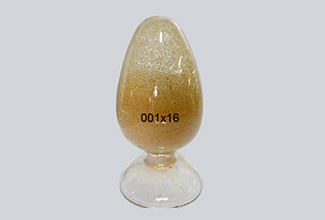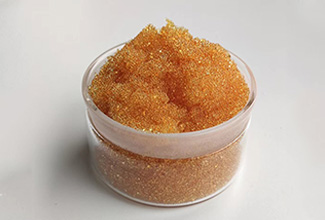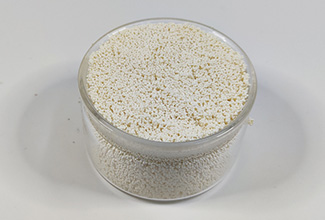Can Resins Be Stored Long Term?
How to Preserve Ion Exchange Resin Quality Over Time
Ion exchange resins are essential materials widely used in water treatment, pharmaceuticals, food processing, mining, and many industrial applications. Whether you are a system integrator, distributor, or end user, a common question arises. In this article, we’ll explore how long resins can be stored, the key factors affecting storage life, and best practices to keep your resin in optimal condition.
Shelf Life of Ion Exchange Resins
Industrial water treatment resins generally can be stored up to 5 years without significant deterioration.
Resins for power, ultra-pure water, drinking water, catalysis, and nutrition applications typically have recommended storage times of 2 to 3 years.
Inert resins may be stored up to 8 years.
Some sources suggest a general "rule of thumb" of 2 to 5 years for safe storage without chemical or physical degradation.
Key Factors That Affect Long-Term Storage
Temperature
Resins should be stored in a cool and stable temperature, ideally between 5°C and 40°C (41°F to 104°F). Freezing can damage the resin beads, while excessive heat accelerates oxidation and may degrade the polymer structure.
Humidity and Moisture Retention
Ion exchange resins must remain moist. Drying out causes resin beads to shrink, crack, or become brittle. If resins are dehydrated, they may lose capacity or even become unusable. Always store them in tightly sealed containers to retain moisture.
UV and Light Exposure
Avoid direct sunlight or UV exposure, as it can degrade the resin’s polymer matrix over time. Store resins in opaque drums or bags away from windows or light sources.
Contamination Risk
Prolonged exposure to air or poor sealing can allow bacterial or fungal growth, especially in strong base anion resins. For long-term storage, consider adding a small amount of biocide (as recommended by the manufacturer) to prevent microbial activity.
Best Practices for Long-Term Resin Storage
To ensure your ion exchange resin remains effective during extended storage:
✅ Use original packaging: Keep resins in their original sealed bags or drums. If the packaging is damaged, transfer the resin to an airtight container immediately.
✅ Store indoors: Place containers in a dry, shaded indoor area with good ventilation and stable temperatures.
✅ Avoid freezing: Especially for anion resins or mixed beds, which are more sensitive to cold.
✅ Periodic inspection: If stored for more than a year, inspect the resin visually for discoloration, odor, or unusual texture before use.
✅ Label clearly: Indicate the date of receipt, resin type, and storage conditions. Use older stock first (FIFO: first in, first out).
What to Do Before Using Stored Resin
Before placing long-stored resin into service:
Rinse thoroughly with clean water to remove any dust or preservatives.
Regenerate the resin if necessary, especially if stored for over 12 months.
Test a sample for capacity and exchange performance to ensure quality.
Ion exchange resins can be stored long term—generally from 2 up to 5 years or more—without significant loss of performance if kept in proper conditions: cool, moist (hydrated), protected from freezing, sunlight, and contamination, and preferably in their salt form. Proper packaging and controlled environment storage are crucial to maintaining resin quality over time. Before use, rehydration and conditioning are recommended to restore resin properties fully
-
 001x16 Strong Acid Cation Exchange ResinAppearance: Claybank to tan transparent spherical particle.The degree of crosslinking : 16%.Ionic form:Na+
001x16 Strong Acid Cation Exchange ResinAppearance: Claybank to tan transparent spherical particle.The degree of crosslinking : 16%.Ionic form:Na+ -
 C010FG Food Grade Drug Purification Exchange ResinAppearance: Claybank to tan transparent spherical particle.The degree of crosslinking : 10%.Ionic form:Na+
C010FG Food Grade Drug Purification Exchange ResinAppearance: Claybank to tan transparent spherical particle.The degree of crosslinking : 10%.Ionic form:Na+ -
 GD200 Thiourea Chelating Resin for Precious Metal Extraction ResinAppearance: Milky to light yellow opacity spherical beadsIonic form:H+Volume complete exchange capacity(mmol/ml):≥1.2
GD200 Thiourea Chelating Resin for Precious Metal Extraction ResinAppearance: Milky to light yellow opacity spherical beadsIonic form:H+Volume complete exchange capacity(mmol/ml):≥1.2

